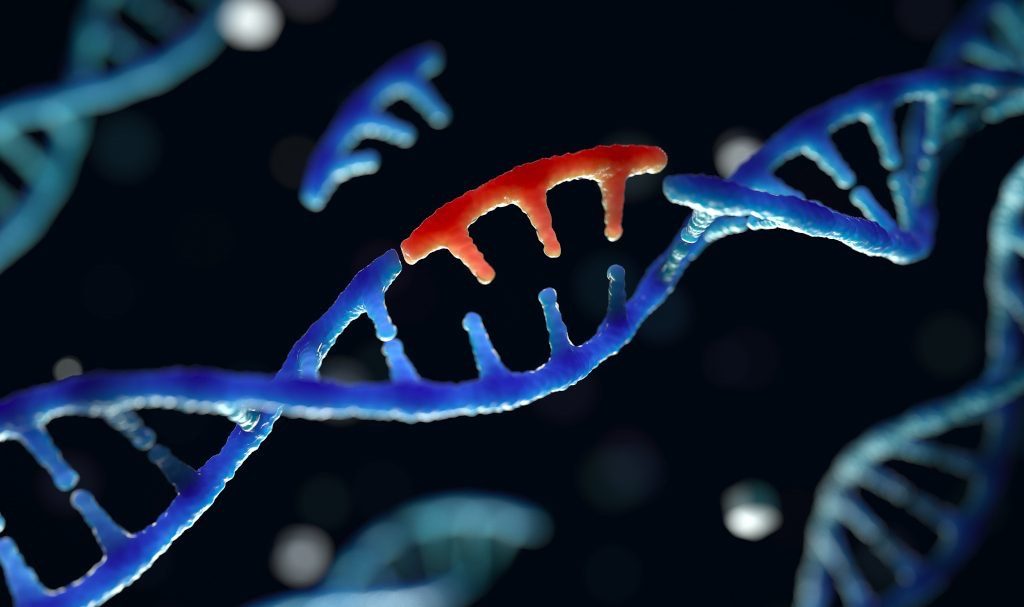Immunoblastic Lymphadenopathy: Symptoms, Causes, Treatment
What are the symptoms of immunoblastic lymphadenopathy?
Immunoblastic lymphadenopathy, also known as angioimmunoblastic T-cell lymphoma (AITL), is a rare type of non-Hodgkin lymphoma that affects the lymph nodes and other organs. It is characterized by the proliferation of abnormal T-cells, which are a type of white blood cell involved in the immune response. The symptoms of immunoblastic lymphadenopathy can vary but may include:
- Enlarged lymph nodes: Swollen lymph nodes, particularly in the neck, armpits, or groin, are a common symptom of immunoblastic lymphadenopathy.
- Fever: Persistent or recurrent fever is common and may be accompanied by night sweats.
- Weight loss: Unexplained weight loss may occur.
- Skin rash: Some individuals with immunoblastic lymphadenopathy may develop a skin rash, which can be itchy or painful.
- Fatigue: Generalized fatigue or weakness may occur.
- Enlarged liver or spleen: Some individuals may experience enlargement of the liver (hepatomegaly) or spleen (splenomegaly).
- Respiratory symptoms: In some cases, immunoblastic lymphadenopathy may cause respiratory symptoms such as coughing, shortness of breath, or chest pain.
- Other symptoms: Other symptoms that may occur in some individuals include abdominal pain, bone pain, and neurological symptoms such as headaches or confusion.
It’s important to note that the symptoms of immunoblastic lymphadenopathy can be nonspecific and overlap with those of other conditions. Diagnosis is made based on a combination of clinical findings, imaging studies, and biopsy of affected tissues. Treatment for immunoblastic lymphadenopathy typically involves chemotherapy, radiation therapy, and in some cases, stem cell transplantation. Early diagnosis and treatment by a healthcare provider are important for improving outcomes in individuals with immunoblastic lymphadenopathy.
What are the causes of immunoblastic lymphadenopathy?
Immunoblastic lymphadenopathy, also known as angioimmunoblastic T-cell lymphoma (AITL), is a type of non-Hodgkin lymphoma that arises from T-cells, a type of white blood cell that plays a key role in the immune system. The exact cause of AITL is not fully understood, but several factors may contribute to its development:
- Genetic mutations: Genetic mutations within T-cells can lead to uncontrolled growth and proliferation, contributing to the development of AITL. Mutations in genes such as TET2, IDH2, RHOA, and DNMT3A have been associated with AITL.
- Immune dysregulation: AITL is thought to arise from chronic immune stimulation and dysregulation. Conditions that cause chronic immune activation, such as autoimmune diseases or chronic infections, may increase the risk of developing AITL.
- Viral infections: Certain viral infections, particularly Epstein-Barr virus (EBV) and human T-cell lymphotropic virus type 1 (HTLV-1), have been implicated in the development of AITL. These viruses can infect T-cells and trigger abnormal growth and proliferation.
- Environmental factors: Exposure to certain environmental factors, such as chemicals or toxins, may play a role in the development of AITL, although specific factors have not been clearly identified.
- Immune system dysfunction: Dysfunction of the immune system, which can occur as a result of genetic factors, autoimmune diseases, or other conditions, may contribute to the development of AITL.
It’s important to note that while these factors may contribute to the development of AITL, the exact cause of the disease is not fully understood. AITL is a complex disease with multiple contributing factors, and further research is needed to fully elucidate its pathogenesis.
What is the treatment for immunoblastic lymphadenopathy?
The treatment for immunoblastic lymphadenopathy, also known as angioimmunoblastic T-cell lymphoma (AITL), typically involves a combination of chemotherapy, targeted therapy, and in some cases, stem cell transplantation. The choice of treatment depends on the stage of the disease, the extent of involvement, and the individual’s overall health. Treatment goals may include controlling the disease, relieving symptoms, and improving quality of life.
- Chemotherapy: Chemotherapy is usually the first-line treatment for AITL. It involves the use of drugs to kill cancer cells and shrink tumors. Commonly used chemotherapy regimens for AITL may include CHOP (cyclophosphamide, doxorubicin, vincristine, prednisone) or a more intensive regimen such as EPOCH (etoposide, prednisone, vincristine, cyclophosphamide, doxorubicin).
- Targeted therapy: Targeted therapy drugs may be used to specifically target cancer cells or the pathways that support their growth. For example, drugs that target the PD-1/PD-L1 pathway, such as pembrolizumab or nivolumab, may be used in certain cases.
- Stem cell transplantation: Stem cell transplantation, also known as bone marrow transplantation, may be considered for individuals with AITL who are at high risk of relapse or whose disease has not responded to other treatments. This procedure involves replacing the diseased bone marrow with healthy stem cells to help the body produce normal blood cells.
- Supportive care: Supportive care measures may be used to manage symptoms and side effects of treatment. This may include medications to control pain, reduce inflammation, and prevent infections.
- Clinical trials: Participation in clinical trials may be considered for individuals with AITL to explore new treatment options and contribute to the advancement of knowledge about the disease.
Treatment for AITL is typically managed by a team of healthcare providers, including oncologists, hematologists, and other specialists. The choice of treatment and the outlook for individuals with AITL can vary depending on several factors, so it’s important to work closely with a healthcare team to develop a personalized treatment plan. Early diagnosis and treatment are key to improving outcomes in individuals with AITL.




